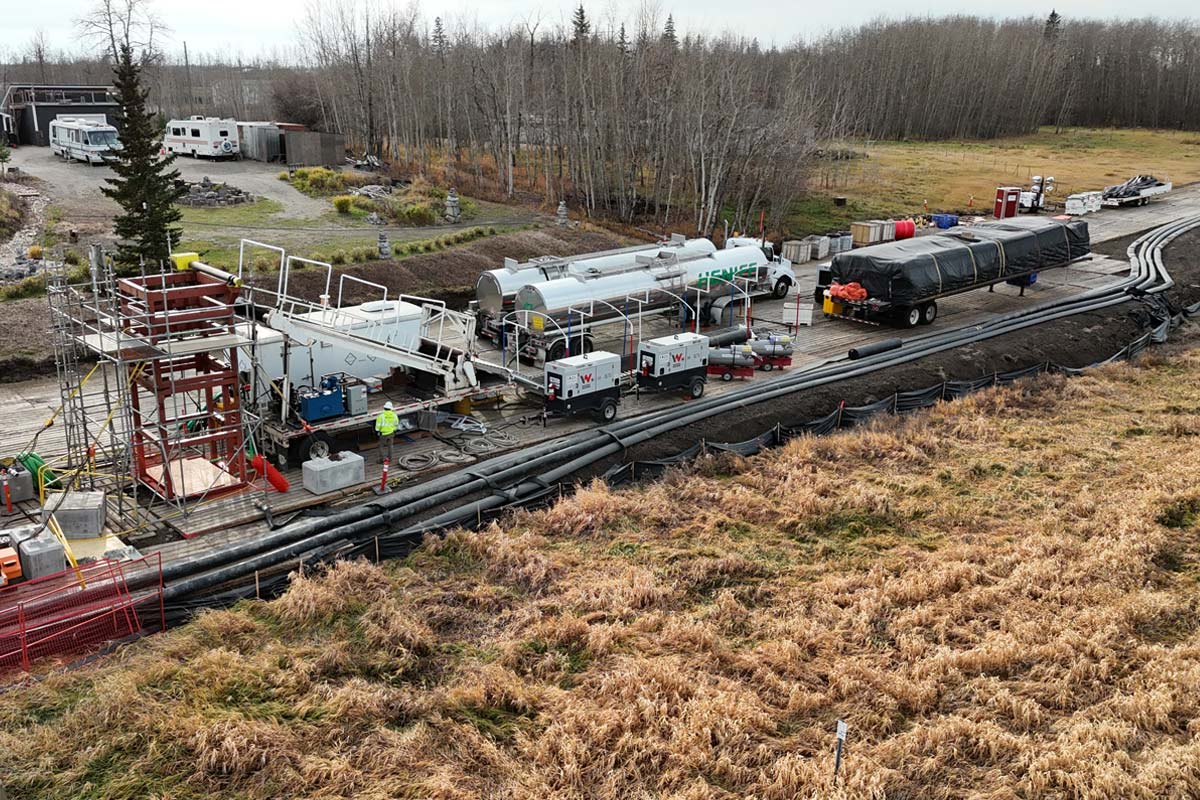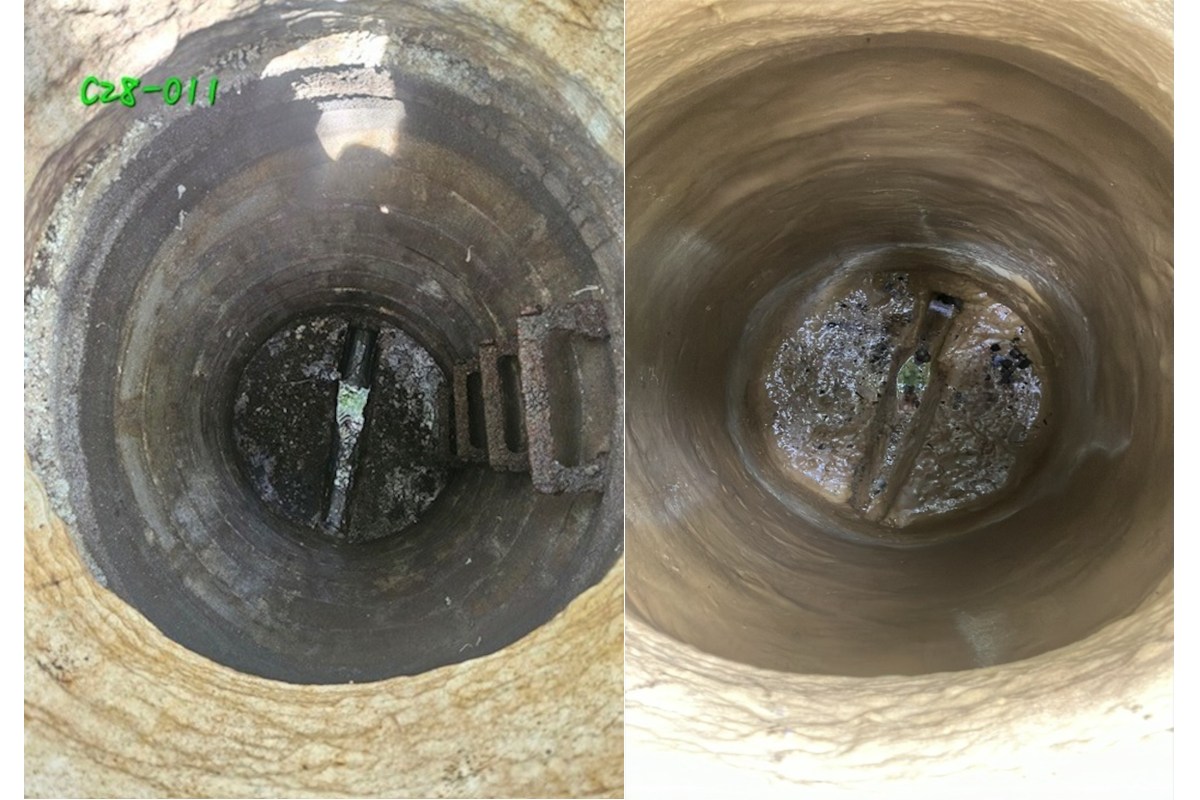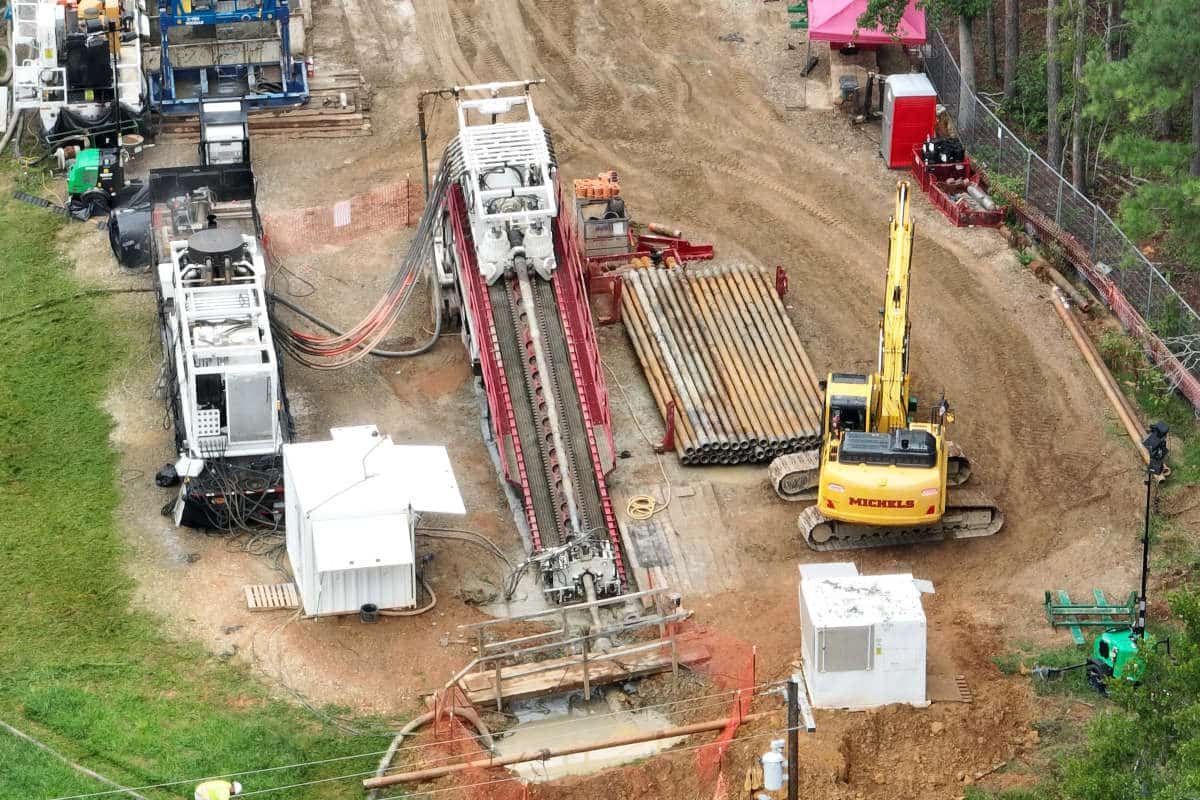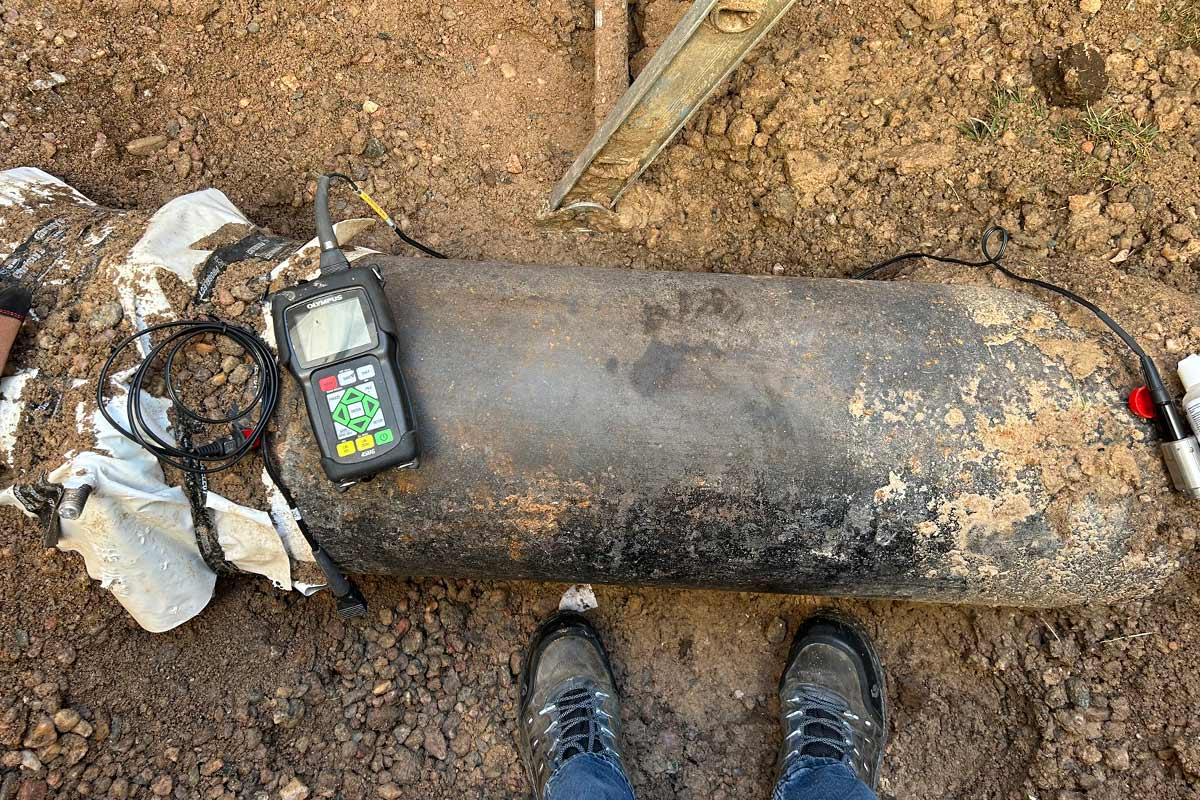
Cutting vs. Cleaning – Selecting the Proper Nozzle for the Job
Sewer jetting is a highly effective method of using high-pressure water streams through specialized jetting nozzles to clean sewers and drain lines of obstructions and backups.
While each jetting job may present a unique challenge, there are diverse types of jetting nozzles to tackle each. Just like picking the right tool from your toolbox — do you need a screwdriver, a hammer, or a wrench — making the right nozzle selection for the job will significantly impact both time and performance.
When selecting a tool for pipe cleaning, several variables should be considered; what size is the pipe, what condition it is in, what is it made of, what is causing the blockage, etc. To help answer these questions, camera systems are helpful to identify what cannot be seen from above the ground. Once these variables are considered, and your problem is identified, evaluate different nozzles to complete the job efficiently.
The two most common types of nozzles used for pipe cleaning include static and rotary nozzles. Static nozzles are zero-degree, non-rotational nozzles that are widely used for standard cleaning projects. Common varieties of static nozzles include cleaning nozzles, stoppage nozzles, dredging nozzles and flushing nozzles. Rotational, or rotary, nozzles utilize a rotating front jet stream — either by a rotating jet head or a rotating stream — that provides complete coverage of the pipe, making them an ideal candidate to use for cutting or cleaning needs.
NOZZLES FOR CLEANING
When no blockages are present in the pipe, or a routine cleaning procedure is to be performed, it is ideal to use a nozzle that utilizes most of its flow in its rear jets. Most of the common industry nozzles used for cleaning deliver water using a revolving jet head at the front, and blast most of their power through straight rear jets.
Common varieties of nozzles with rotating jet heads include switching nozzles (altering flow between two sets of jets), controlled rotational nozzles (governs the rotational speed of the head), and spinning nozzles (no speed governance). By utilizing these types of nozzles which provide most of their energy in the rear, greater thrust is deployed, and more energy is propelled backwards to help clean and flush the pipe.
NOZZLES FOR CUTTING
If a blockage is present in the pipe, a nozzle with greater force in its front jet, such as rotating nozzles, is ideal to remove blockages. The benefits of using rotating sewer jetting nozzles is that the jets are directed through a streamline laminar flow, making it much more efficient at cutting and removing debris than a nozzle with turbulent front jet flow. The rotating stream and spray projections not only clean but provide superior cutting performance that propel the nozzle through long straightaways, elbows and corners.
One rotary nozzle is the Reaper Rotating Jetting Nozzle from Hydra-Flex Inc. Proven to successfully clean drains, industrial pipes, sewers and tubes for the residential, municipal, industrial and contractor markets, the nozzle is designed and engineered specifically for water jetting applications. The nozzle’s rotating front jet is a 0-degree, straight water stream that blasts up to 4,000 psi while rotating at an optimal speed to form a 24- or 30-degree cone of coverage in the pipe. The angle and size of the front rotating stream’s cone allows you to cut through the entire blockage from the full diameter of the pipe, rather than only penetrating a singular point. The powerful front rotating stream is ideal for cutting through FOG (fats, oil and grease), ice, and roots while working to clean the pipe walls. By using this type of nozzle, where most of its energy is expelled in its front rotating jet stream, the problem in front of the nozzle is easily attacked and removed.
While the laminar flow of the front jet provides exceptional cutting power through greater impingement, nozzle’s rear jets also provide greater thrusting power. The four to eight rear jets create a 20-degree angle, ultimately propelling the tool forward, resulting in best-in-class thrust performance. The rear jets have proven to pull a line up to 800 ft. Hydra-Flex offers repair kits for Reaper’s front and rear jets, which can be installed directly in the field, ultimately extending the life of the nozzle and lowering overall operating costs.
“The Reaper Rotating Jetting Nozzle has been widely adapted in the field with fantastic feedback on its cutting power,” stated Ryan Lindaman, industrial account manager at Hydra-Flex. “Operators have reported using this tool as their ‘first responder tool’ to tackle the toughest blockages they encounter. It is a powerful addition to their toolbox as the insurance policy to help keep the pipe flowing.”
Selecting the proper nozzle for the job at hand is an important aspect of completing projects efficiently and with superior performance. By keeping multiple tools meant to tackle numerous different applications in your toolbox — whether it be a static, revolving head or rotating nozzle — you will be prepared for any challenge that lies below.




